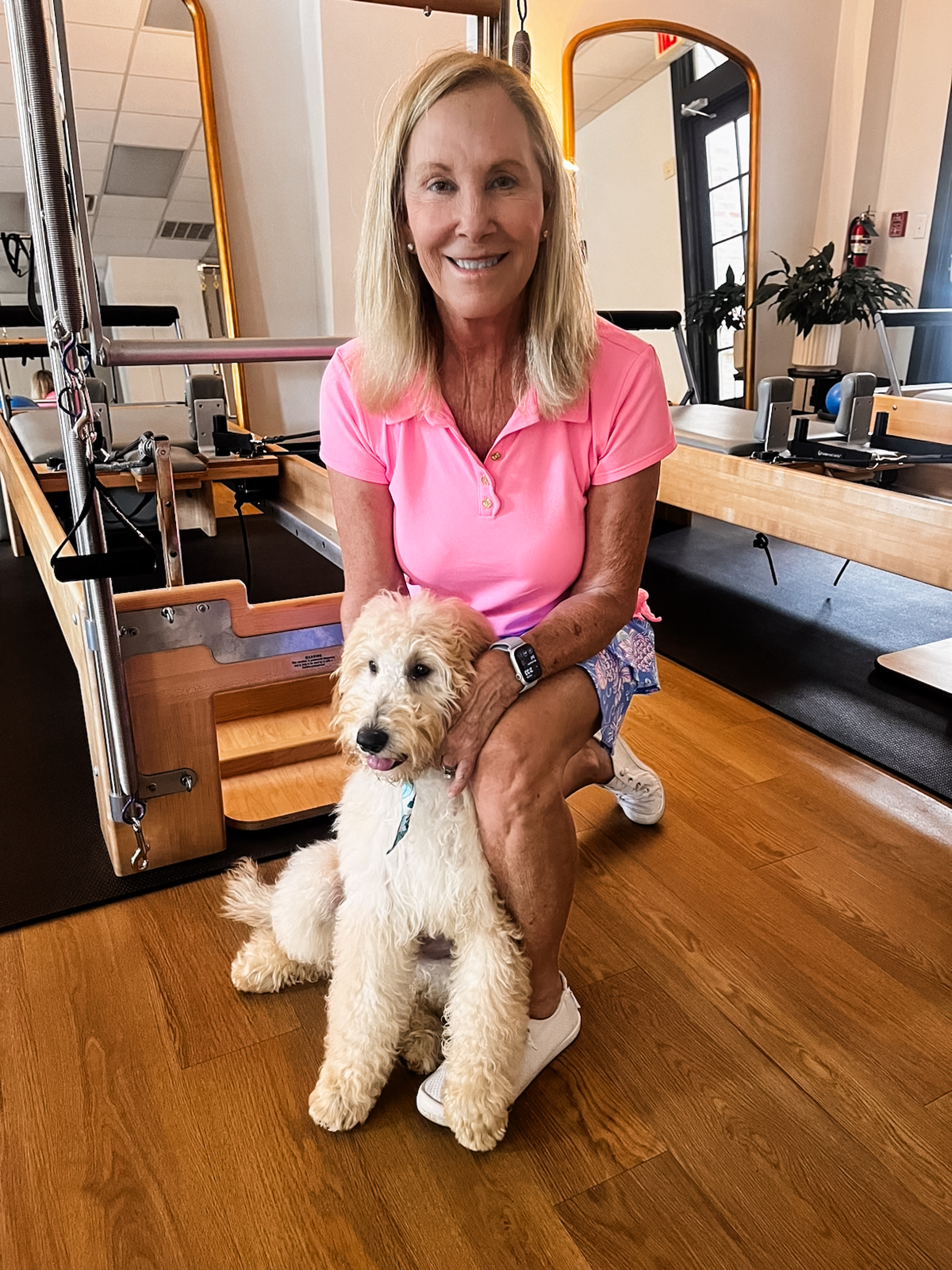Longevity: More Than Just Living Longer
Authored by Dr. Brandie Courville, PT, DPT, Cert. DN, owner of Belle Vie Physical Therapy + Pilates, our six-part longevity series will explore key elements of the blueprint for living well—and living longer.

When it comes to longevity, movement keeps us strong, but nutrition is what fuels our energy and vitality. The world’s longest-living populations share one thing in common: they eat with intention. Their diets are mostly plant-forward, filled with colorful vegetables, fruits, legumes, whole grains, and healthy fats such as olive oil and nuts. Protein comes from fish or plant-based sources more often than red meat, and meals are enjoyed slowly and in community. In Okinawa, Japan, this way of eating even has a name—hara hachi bu—which means stopping when you’re about 80% full to give the body time to register satisfaction.
The goal isn’t a strict or complicated plan but creating sustainable habits that work for your life. Small changes, like swapping red meat for fish a few times a week, adding an extra serving of vegetables to your plate, or choosing water instead of soda, can add up over time. Eating for longevity is really about balance: fueling your body with foods that help you feel energized now, while also protecting your health in the decades ahead.
Part 2: Nutrition – Fueling Your Body for the Long Run
Phyllis Cruse
Married to Matt Cruse, 1 son, and stepchildren
What does longevity mean to you?
Staying healthy, being happy, and living life to the fullest.
Staying healthy, being happy, and living life to the fullest.
How have your habits shifted through the decades?
I used to work out with a personal trainer, but I’ve shifted to reformer-based Pilates for balance and stability. I do Pilates three times weekly and walk our new puppy, Gizmo, several times a day.
I used to work out with a personal trainer, but I’ve shifted to reformer-based Pilates for balance and stability. I do Pilates three times weekly and walk our new puppy, Gizmo, several times a day.
What would be one piece of advice you would share with your younger self?
Take better care of yourself at an early age and exercise more.
Take better care of yourself at an early age and exercise more.
Tell us about your skincare routine.
I use sunscreen daily and treat myself to monthly facials.
I use sunscreen daily and treat myself to monthly facials.